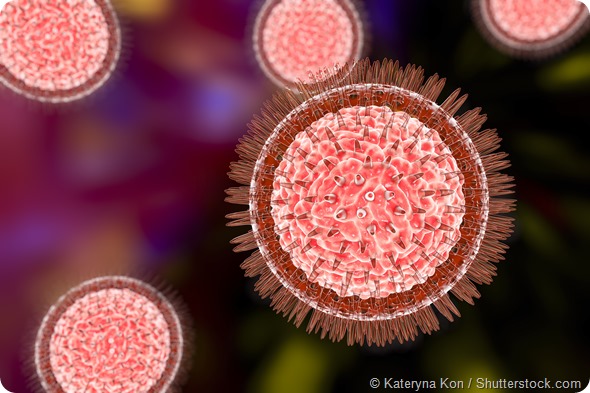Feb 11 2016
Since the Zika outbreak in Brazil early last year, the virus has spread to 20 countries across the Americas. As of February 3rd, 35 cases of Zika have been reported in the U.S., all of which have been associated with international travel.

Brazil remains the most affected country, with estimates suggesting that somewhere between 440,000 to 1.3 million people have been infected since December.
According to Brazil’s health minister, the number of infants born with microcephaly has increased 20-fold in the northern part of Brazil and health officials in some Latin American countries have warned women to hold off on becoming pregnant. The CDC has recommended that pregnant women avoid traveling to regions where the Zika virus is known to be active.
A report published on Tuesday in the New England Journal of Medicine has described the strongest evidence yet that Zika causes microcephaly and incomplete brain development. A woman infected with Zika passed the virus onto her fetus.
An autopsy of the fetus showed that the virus had reproduced in the brain causing damage that had halted brain development at 20 weeks. There was an “almost complete absence” of the usual ridges and grooves that the brain should have developed, said one of the report’s authors, Tatjana Zupanc from the University of Ljubljana in Slovenia.
Similar brain malformations were also reported in a recent study of 35 Brazilian babies with microcephaly. In addition, tests from the CDC found that Zika was present in the brains of two Brazilian babies with microcephaly who died just after they were born.
CDC researchers also confirmed the virus was present in samples from two pregnancies that ended in miscarriage. These findings were sufficient to urge the CDC to recommend pregnant women do not travel to countries affected by Zika.
On Wednesday, a person from Yolo county was found to have contracted Zika after having travelled internationally. The person is thought to have contracted the virus in the Caribbean or Central or South America.
President Barack Obama is now asking Congress for emergency funding of more than $1.8 billion to help fight Zika and the mosquitoes that carry it. Obama intends to use the money to set up mosquito control programs, start vaccine research and provide health services for pregnant women on low incomes.
Researchers at the University of Wisconsin plan to start studying the virus in rhesus macaque monkeys next week. The team wants to know how long Zika persists in the blood, saliva and urine; whether infection protects against exposure in the future and whether pregnancy stage when infection occurs influences the effects on infants.
“We don’t know the basics of how and where the virus replicates, what sort of immune response the body mounts to the virus and under what circumstances the virus causes diseases,” says David O’Connor, a member of the research team. The research, which is being funded by the National Institutes of Health, is hoped to help with the development of a vaccine and treatment. The findings could also help inform recommendations given by health officials.